Having trekked the Inca Trail in 2018, the hiking bug had well and truly bitten and I was itching to get back out there and tackle my next multi-day trek.
I had wanted to visit Colombia for a while and knew there was a relatively unknown trek which was quickly being coined as Colombia’s answer to Machu Picchu – the Lost City Trek (or La Ciudad Perdida in Spanish). As I was going to be in Colombia for 3.5 weeks, I decided to opt for the Lost City Trek add-on as part of my G Adventures tour.
I have provided a far more detailed account of my time on the Inca Trail and the Lost City Trek in separate blogs linked below, so check these out for more information:
Hiking the Inca Trail: Everything You Need to Know
The Ultimate Guide to the Lost City Trek: An Adventurous Journey to La Ciudad Perdida
This is simply a comparative overview for anyone looking to do the Inca Trail and/or the Lost City Trek setting out the key differences to help you to decide which one is best for you. Alternatively, if you have already completed one of the treks and want to know how the other compares, this article should answer some questions for you.
I’ll say from the outset that both the Inca Trail and the Lost City Trek are completely different experiences to one another and enjoyable in their own right – if you have the time and funds, I say do both!
1. Do I need a permit to do the Inca Trail or the Lost City Trek?
The Inca Trail
The Inca Trail is a well-known and popular trek with travellers to South America (for good reason). However, due to the massive influx of tourists in recent years wanting to complete the hike, the Peruvian government introduced a permit system to restrict the number of visitors walking the Inca Trail in order to protect the ancient pathways and local flora and fauna.
Inca Trail permits are limited to 500 per day and are released in January each year. The 500 permits include porters and guides as well as tourists and can only be booked via authorised tour companies. If you have your heart set on completing this epic hike, ensure you reserve your permit well in advance particularly during the peak season (in my case, I booked 9 months in advance).
Those unable to secure a permit to hike the classic Inca Trail can still choose from a number of alternative treks such as the Lares, Salakantay and Inca Jungle treks which also take you through the stunning Andean landscape. These treks take alternative routes and so do not end at the Sun Gate overlooking Machu Picchu.
You can check Inca Trail permit availability at the Ministry of Culture website www.machupicchu.gob.pe.
The Lost City Trek
In contrast to the famous Inca Trail, the lesser-known Lost City Trek in Colombia does not require a permit. The benefit of this is that it requires less pre-planning and greater flexibility for those travelling through the continent. A place on the trek can be booked at relatively short notice over the internet or via local tour operator offices. Bear in mind that if you are intent on doing the Lost City Trek, I would advise booking in advance to avoid disappointment.
Both the Inca Trail and the Lost City Trek can only be completed with an authorised tour operator and cannot be done independently.
2. How does the cost compare between the Inca Trail and the Lost City Trek?
The cost for both treks will vary depending on the tour operator you chose to go with. I have set out the cost for each trek with the most popular tour operators. Please note, this is not an exhaustive list and there are several other tour operators available. The level and quality of service you receive will vary between tour operator so be sure to read their websites and choose the one to best suit your individual needs:
The Inca Trail
- G Adventures – £656
- Intrepid – £865
- Alpaca Expeditions – £519.
The Lost City Trek
- G Adventures (5 days) – £519
- Magic Tour (4 days) – £252
- Wiwa Tour (4 days) – £320
I booked both treks via G Adventures and had a spectacular time. The Inca Trail hike was entirely organised by G Adventures and was led by local tour guides employed and trained by G Adventures. The Lost City Trek, although booked through G Adventures, appeared to employ a local tour operator (Wiwa Tours) to conduct the trek but we were accompanied by a G Adventures English speaking guide.
3. Are the Inca Trail and Lost City Trek safe?
The short answer is yes – both treks are safe.
Bear in mind however that both treks are out in the middle of nowhere where the usual hazards you’d expect in the outdoors exist. Both treks are also in South America where health and safety standards may not be up to the same standard you’d expect in Europe or the US.
The Inca Trail
There are sheer cliff drops without railings or warning signs. It is therefore up to you to keep your eyes peeled and heed caution when walking. It’s very easy to step back without looking and find you’re much closer to the edge than you realised (something I very nearly did when taking a photo for someone).
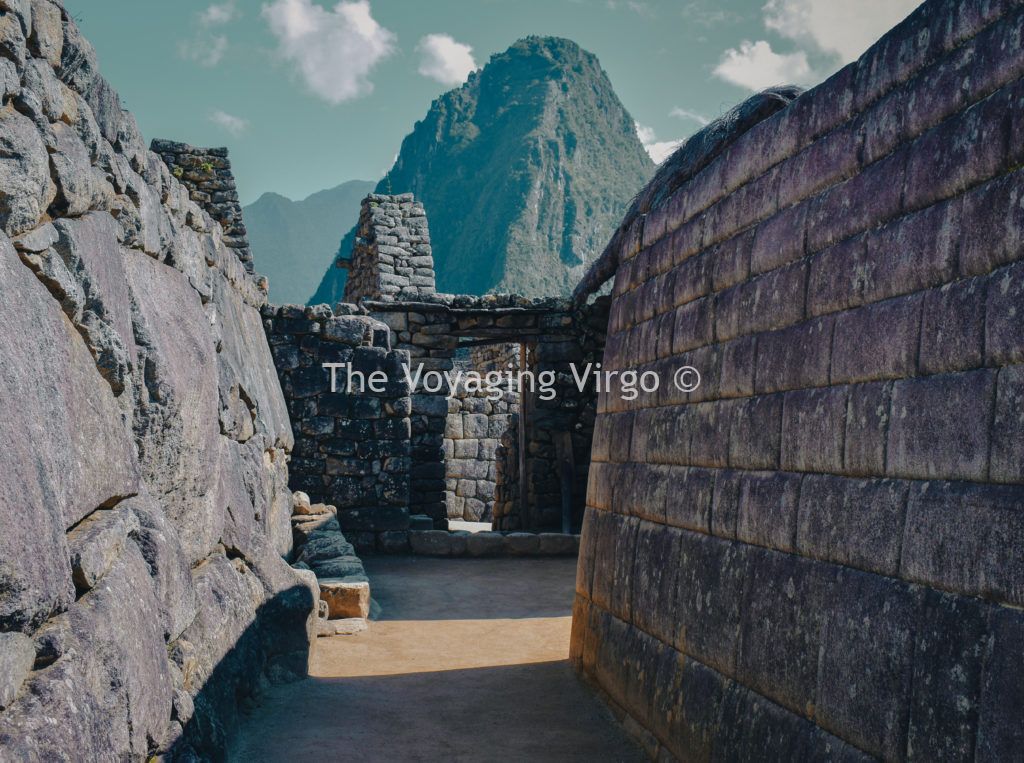
In fact, the authorities at Machu Picchu have banned tourists from taking ‘jumping’ photos/selfies due to a number of people falling off the edge and plummeting to their deaths as a result (I’m not joking, to learn more read the article here.) It’s not worth losing your life for a photo!
The Lost City Trek
With regards to the Lost City Trek, located in Colombia, the main concern for a lot of people will be the risk of kidnapping. I’ll be honest, this was a real risk a decade ago when the political situation in the country was far more volatile. That is not however the case today. If you have researched this trek, you’ll probably know that a group of hikers were kidnapped on the trek in 2008 by guerrilla Marxist group, ELN. The area has since been cleared and is patrolled by the Colombian military to keep locals and tourists safe. There have not been any reported kidnappings or incidents since 2008 and the trek is now safe.
You’ll be visiting old ruins on both treks which means you’ll need to navigate uneven narrow pathways and very steep stone steps (something to bear in mind if you suffer from vertigo or a fear of heights). Take your time, don’t rush and be careful.
4. How difficult is the Lost City Trek compared to the Inca Trail?
Neither trek is a walk in the park and both are difficult for different reasons.
The Inca Trail
Breathlessness and altitude sickness are the main challenges on the Inca trail. There are also a few steep inclines made more difficult by the altitude. However, if you are relatively fit, allow yourself time to acclimatise to the altitude and pace yourself, it’s a perfectly doable trek.
The Lost City Trek
Although altitude sickness is not an issue on the Lost City Trek, the heat and humidity are relentless and I felt like the inclines were far steeper than the Inca Trail. I therefore found this trek much more difficult. Perhaps the living conditions were a further reason why we felt more worn down by the end of the 5 days.
I would also add that both treks are accessible to people of all ages so don’t write yourself off because you’re not 21 years old anymore. I met people on both treks in their 30’s all the way up to their 60’s. So long as you’re in good shape, have a positive mind-frame and are up for an adventure, age shouldn’t be a barrier.
5. How long is the Lost City Trek compared to the Inca Trail?
The Lost City Trek
The Lost City Trek is a 4-day (5 and 6 day options are possible depending on the tour operator) round trip which means you walk to the ruins and walk all the way back the way you came. At the beginning of the trek, you’ll be collected by your tour guides from your hotel and driven to a town called Machete where the trek begins and ends. The trek covers a total distance of 46km.
It’s worth noting that the G Adventures trek includes a fifth additional day of trekking taking you to a Planeterra community project in the indigenous village of Gotsezy where the hike ends.
The Inca Trail
In contrast, the Inca Trail is a ‘one way’ trek starting at a point known as ‘Kilometre 82’ and ending at Machu Picchu. It is 42km long and you are not expected to walk back the way you came. Instead, you take the bus down to Aguas Calientes and then a train to Ollantaytambo. From here you can get a bus back to Cusco.
6. When is the best time to do the Inca Trail and Lost City Trek?
The Inca Trail
November to March is the rainy season in this part of Peru so I’d avoid completing the trek then. Peru’s dry season, also its winter, is probably the best time to do the trek. This is around April to September, June to August being the peak months. I completed the trek at the end of August/ early September and had glorious blue skies. It was warm during the day and a little chilly at night.
If you are considering doing the trek off season, note that the Inca Trail is closed every February for maintenance and repairs. Machu Picchu however is still open.
The Lost City Trek
The dry season in this part of Colombia runs from December to March and the rainy season from March to November.
Naturally there will be more rain from March to November but to be honest, I completed the trek in July and I didn’t find the rain an issue. It was actually quite refreshing in the heat. One thing to bear in mind about doing the trek in the rainy season however is that the rivers will be higher, and the paths will be muddier. Other than the odd short bursts of rain, we generally had good weather throughout our trek with sunny blue skies.
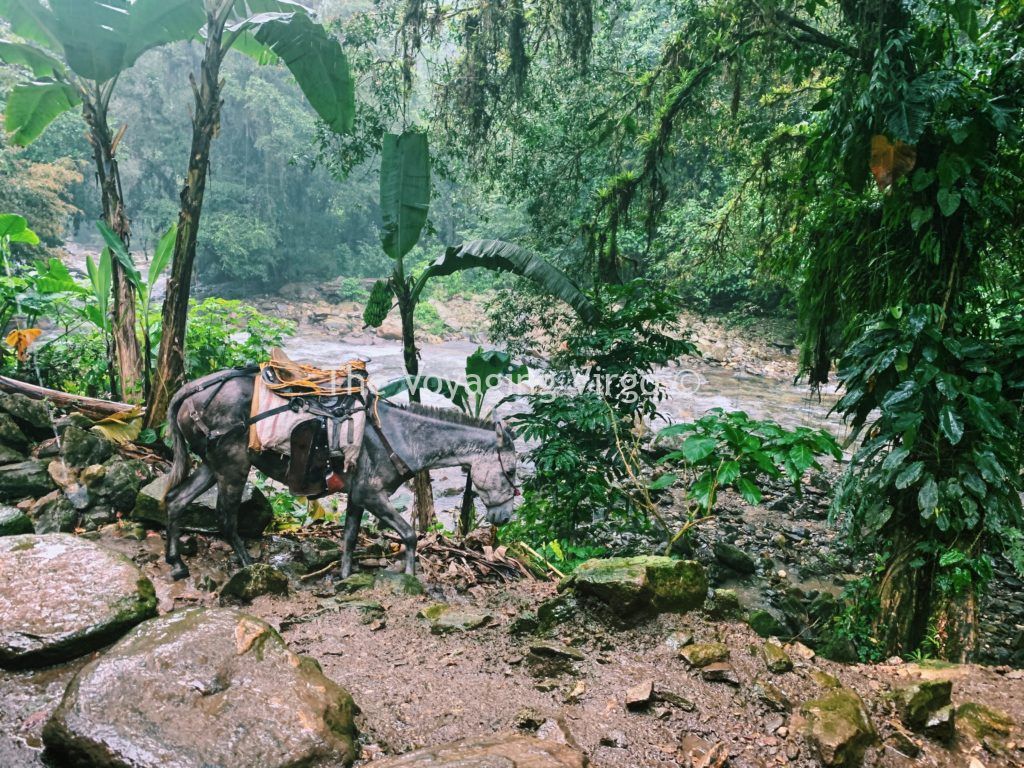
If you’re planning to do this trek, note that it is closed for the entire month of September for maintenance.
7. Are the Inca Trail and Lost City Trek at high altitude?
The Inca Trail
The Inca Trail takes you through the mighty Andean mountains in south-western Peru, so yes this is a high-altitude trek taking you to a maximum height of 4,200m (13,779 ft) on day 2. Changeable weather that often accompanies high altitude and the possibility of altitude sickness are two things you should bear in mind before undertaking this trek. My advice on this would be to dress in layers, pace yourself and allow yourself some time in Cusco before the trek to acclimatise to the altitude. I also took altitude sickness tablets (Diamox) which I think really helped.
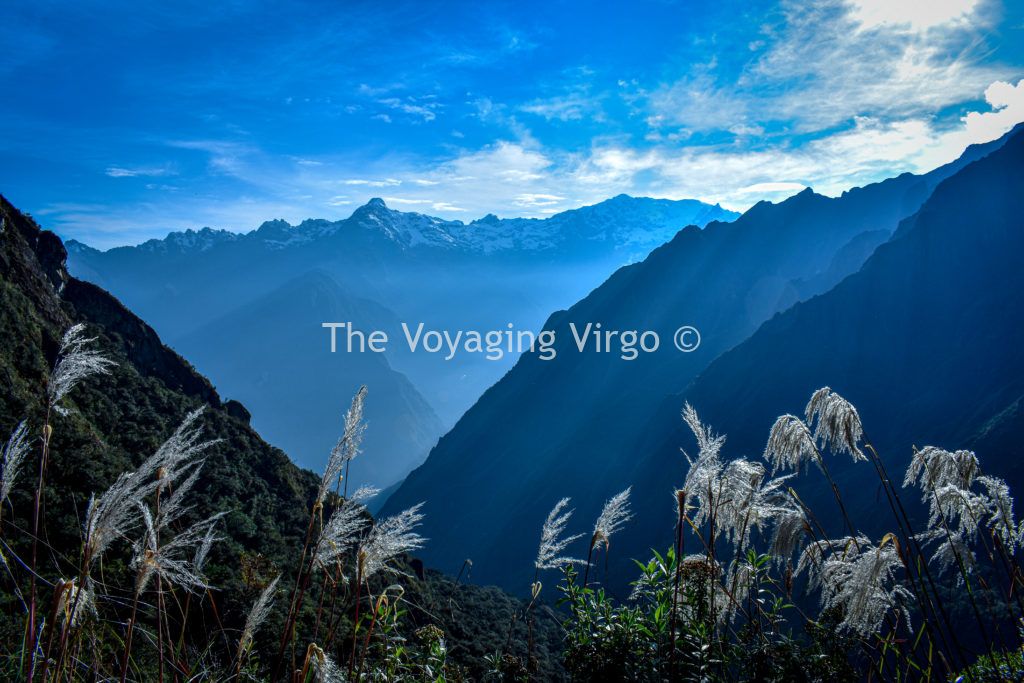
The Lost City Trek
Conversely, the Lost City Trek is not at high altitude. Although you pass through the Sierra Nevada Mountain range, you don’t really gain much height. The highest altitude reached on the Lost City Trek is 1,200 m (3,937 ft). Therefore, altitude sickness and cold weather is not an issue on the Lost City Trek.
8. How does the climate & terrain on the Lost City Trek compare to the Inca Trail?
The Lost City Trek
The Lost City is located along the northern Caribbean coast of Colombia. The climate in this area, as you’d expect, is very sunny, hot and humid and prone to sudden bursts of heavy rainfall.
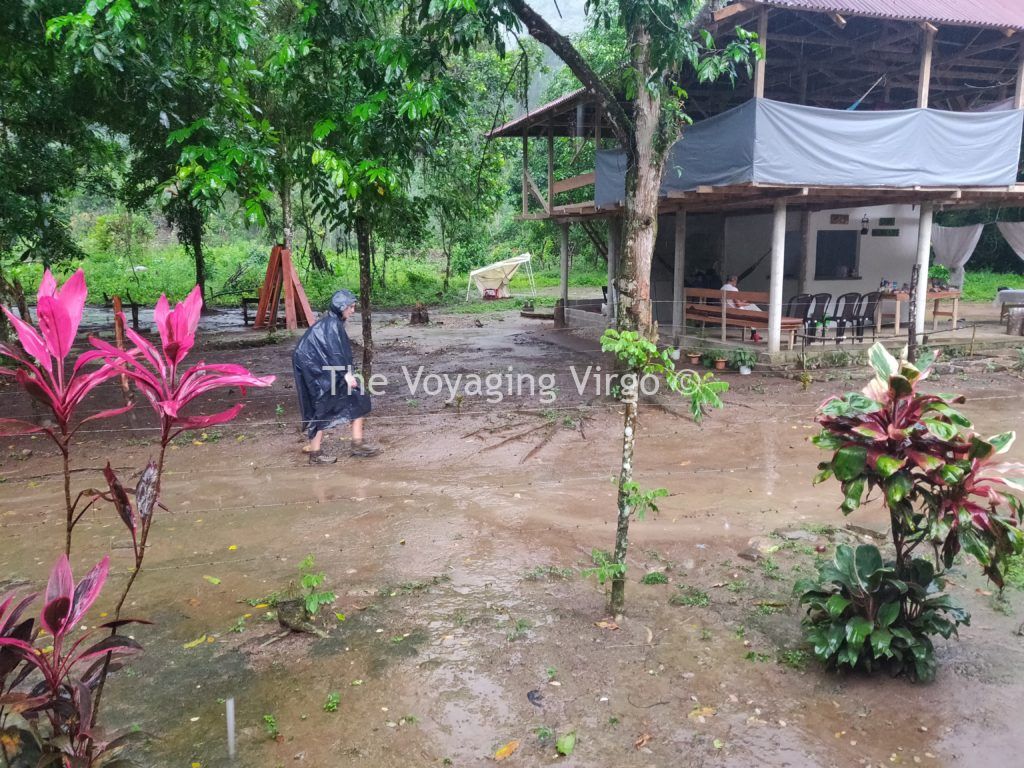
In terms of terrain, the Lost City Trek takes you through the Sierra Nevada Mountain range which is surrounded by dense, tropical Colombian jungle. As you meander your way through the undulating jungle paths, you will meet some rather steep inclines on this trek which I personally found to be much steeper than the Inca trail. The added intense heat and humidity also made this trek in my personal opinion much more difficult. The time spent trekking per day is also longer (or at least it felt that way!) compared to the Inca Trail.
Given the tropical climate in the region, sudden torrential downpours are common (in the rainy season) leaving the paths muddy and slightly more treacherous, requiring you to heed more caution to avoid injury.
The Inca Trail
The Inca Trail on the other hand passes through the Andes Mountains, taking you through a more mountainous landscape. Everyday on the Inca trail is different and the terrain and climate changes quite drastically as each day passes (something I really loved about the Inca Trail.) The terrain on the Lost City trek on the other hand is quite repetitive. You mainly pass-through lush farmland or dense jungle.
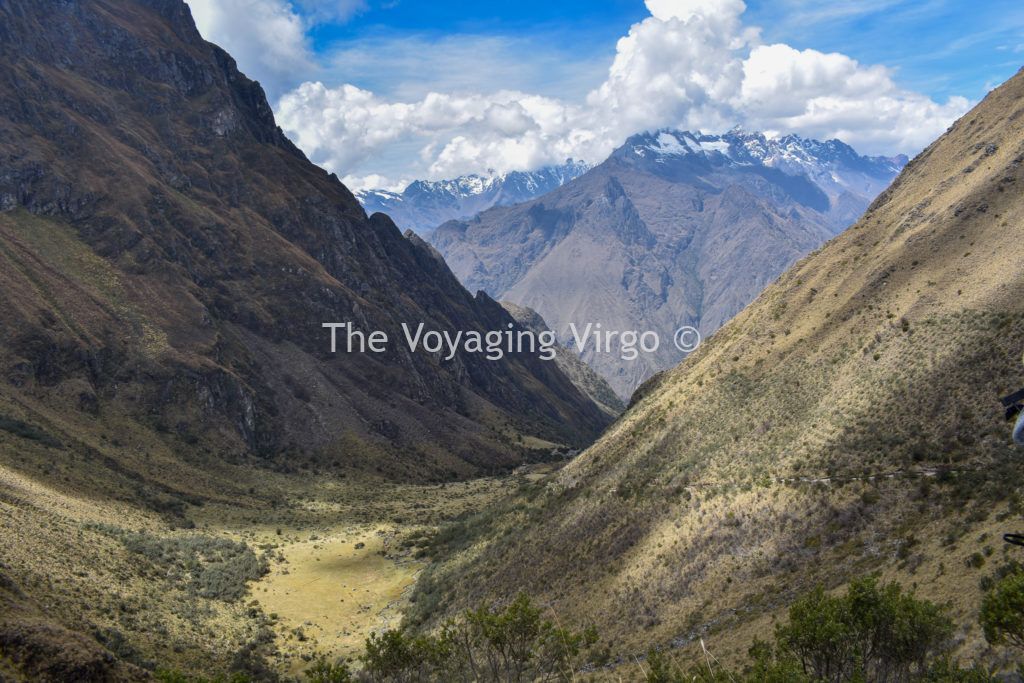
On the Inca Trail, you will also pass through four climactic zones over the course of 4 days, ranging from cool Alpine tundra to humid cloud forest. This means that the weather is more changeable compared to the Lost City Trek so it’s important you dress in layers. Depending on the time of year you go, short bursts of heavy rainfall are possible. I went in late August and we had rain on the final night. Other than that, it was blue skies and dry.
9. Are there river crossings on the treks?
The Lost City Trek
As the Lost City Trek intersects with the Buritaca River at several points, there are a number of river crossings over the course of the trek so be prepared to take off your trekking boots and wade through the river to get to the other side.
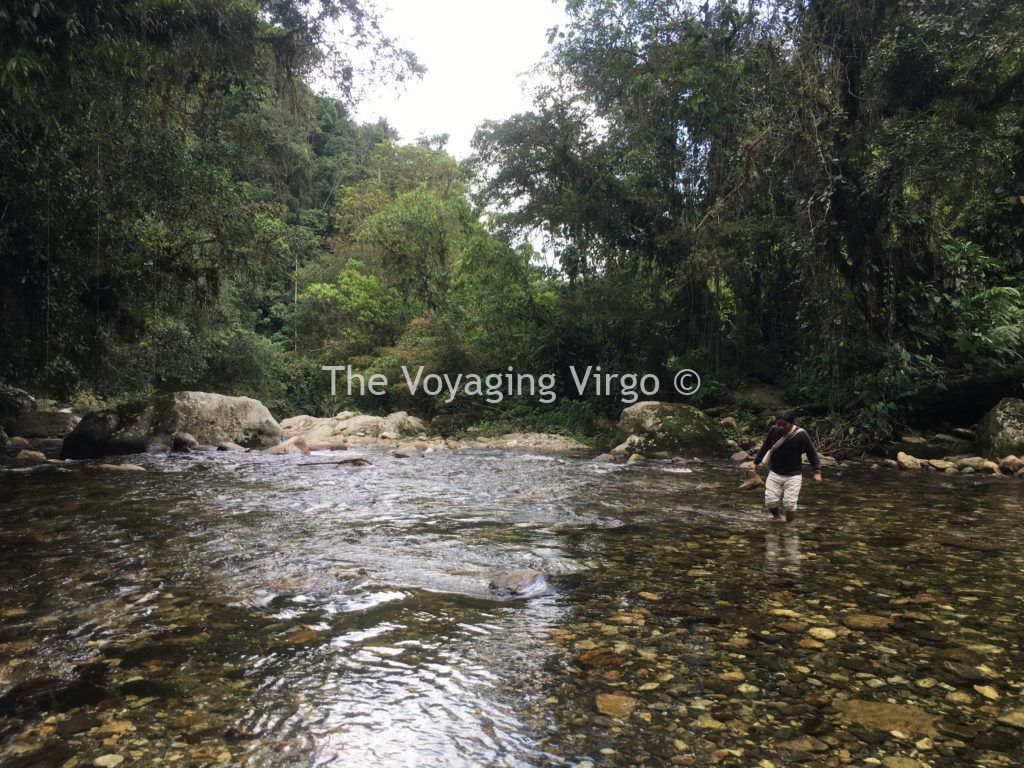
Depending on the time of year you go, the water level can be anything from knee depth to waist depth during the rainy season. This in conjunction with the heat and humidity of the jungle, means you will spend most of the trek damp and sticky so be prepared for this and also remember that nothing ever dries in the jungle.
The Inca Trail
There are no river crossings on the Inca Trail.
10. How does the accommodation compare on the Lost City Trek and the Inca Trail?
The Inca Trail
On the Inca Trail you will camp in tents at designated campsites along the trail. The porters get to the campsite before you and set up your tents and sleeping bags in time for your arrival. By the time you arrive at the camp with your guide, dinner is already cooking and all you have to do is chill out and wait to be summoned to the dinner tent where a fully laid out dining table awaits you (at least, this was my experience on the G Adventures tour).
Every morning you’ll be woken by your guides with a hot cup of cocoa tea waiting for you outside your tent and bowl of hot water to wash your hands & face. There’s a separate dining tent, with tables and cutlery and you are presented with an impressive 3 course meal every evening, it’s all very civilised and we were truly pampered given how remote we were.
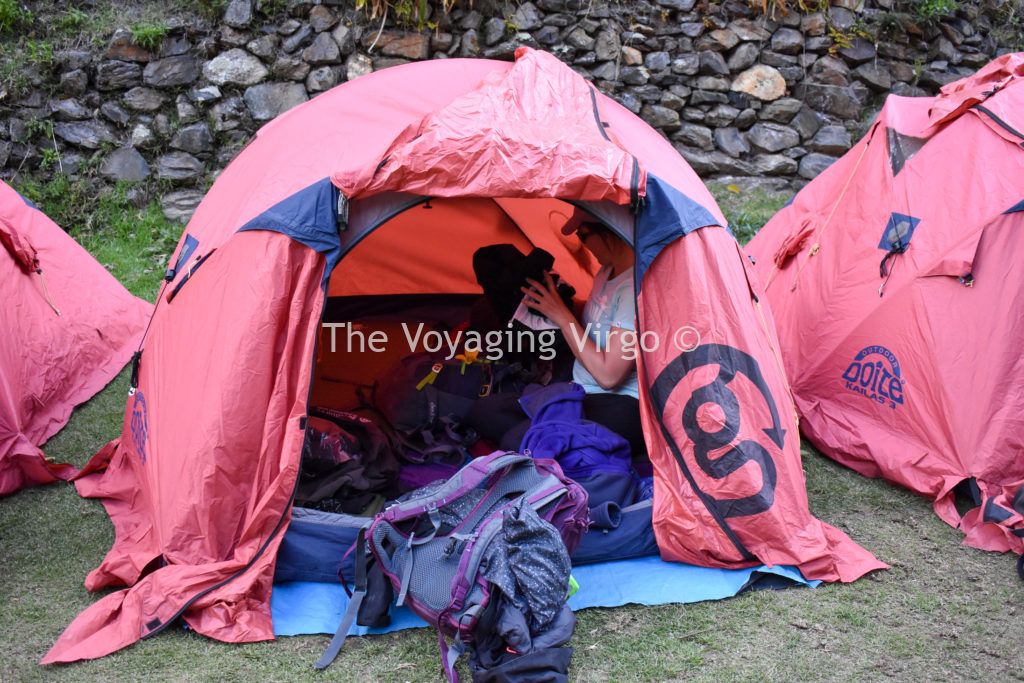
Each trekking group was allocated their own campsite, so it was only our group and our tents in the vicinity. The camps do however share the toilet and showering facilities with other trekking groups in the area but they are segregated for male and female. The facilities are in a concrete outhouse a short walk away from camp, some with the dreaded drop toilets. However, my understanding was that departure times of groups were staggered so as to avoid overcrowding at the wash facilities.
I generally found the camping experience as a whole on the Inca Trail to be fantastic and it really exceeded my expectations. Considering we were camping in the middle of nowhere, it was a pleasant experience (as far as camping goes!). Following my time on the Inca Trail, I had pretty high expectations for the Lost City trek; I was in for a reality check.
The Lost City Trek
To cut to the chase, the living conditions on the Lost City trek were much lower than the Inca Trail, but allow me to elaborate. The Lost City trek is a relative newcomer to traveller itineraries and has only recently begun gaining popularity with backpackers. As it is nowhere near as well-known or established as the Inca Trail, facilities are quite…rustic…but please don’t let this put you off.
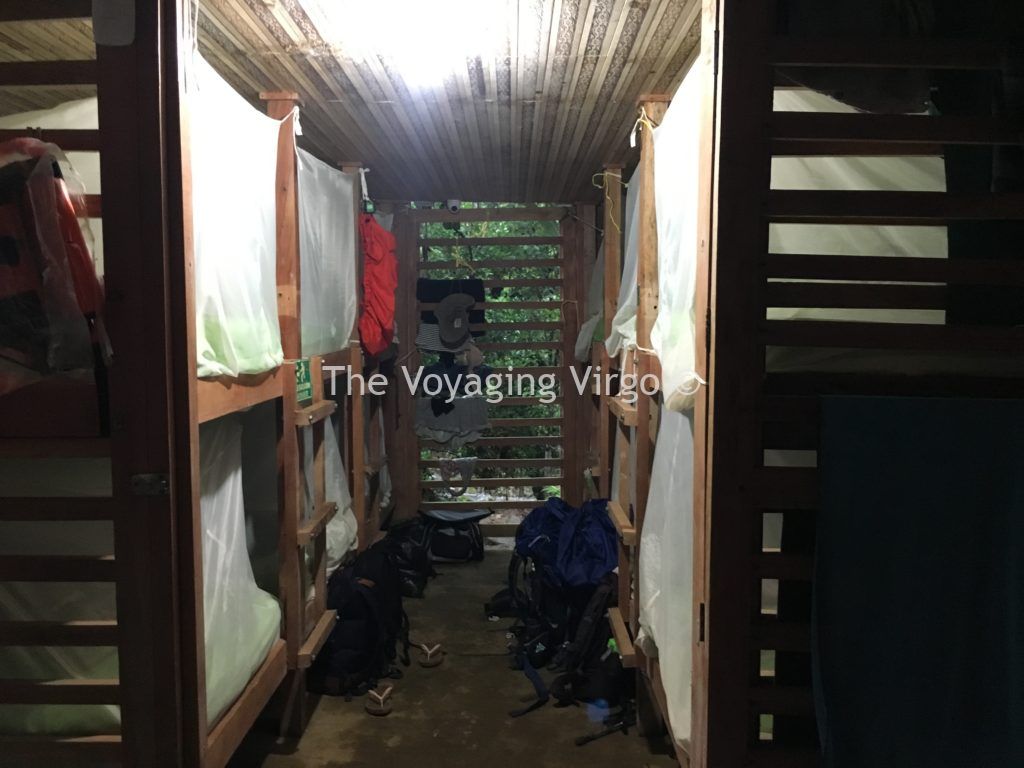
Unlike the Inca Trail, it’s not camping and there are no tents. Instead, there are number of camps along the trail comprised of wooden barracks. The camps are made up of sleeping quarters lined with rows of bunkbeds and hammocks with mosquito nets, a dining barrack and a separate showering/toilet barrack. Campsites are used by a number of trekking groups at once and so can become quite crowded.
I won’t beat around the bush, the accommodation on the Lost City Trek is not for the faint-hearted. You’re essentially sleeping outdoors and as you’re in the jungle, there are inevitably bugs and creepy crawlies. Showering before getting into bed is also mandatory so you’ll find there is a rush to the (cold) showers at the end of the day.
The toilet & wash facilities are non-segregated and not the cleanest (but on the bright side they weren’t drop toilets!) That being said, if you are not too delicate and are willing to give up your creature comforts for a few days, you shouldn’t let this put you off the trek. I understand that this may get a bit too much for some people. We did have few members of our group turn back early but it depends on each individual person – it’s all a part of the experience after all!
11. What is the food like on the Inca Trail and the Lost City Trek?
The Inca Trail
I’m a vegetarian and so finding food I can eat when travelling to far flung places can be a challenge. However, that being said, my dietary needs were catered to fantastically on the Inca Trail (and in Peru generally). The guides were very aware of everyone’s allergies and diets (including Gluten free and Vegan) and were very mindful to cater to everyone. Vegetarian alternatives were provided and the guides made a special effort to make sure I was looked after (kudos to G Adventures for this). To see the cooks churn out freshly prepared three course meals, with a different menu every day, on the side of a remote mountain in Peru was truly impressive.

On the first day of the trek, we were also provided with a pack of snacks to last us through the 4-day trek made up of biscuits, chocolates, fruits and crisps which really helped to provide an energy boost on long days of hiking. There were also opportunities to purchase snacks and drinks from local vendors (albeit at an inflated price) along the trail.
The Lost City Trek
Comparatively, the Lost City Trek didn’t cater as well for vegetarians or others with dietary restrictions. It looked as though everything was being prepared in the same kitchen with very little regard to cross contamination. I wasn’t specially catered for and was just given the same food as everyone else minus the meat. No vegetarian alternative was made especially for me. The food was pretty basic and repetitive made up of arepas, eggs, rice and salad. I do however put this down to the fact that the hike is still relatively unknown, and I think as it grows in popularity, the facilities will improve.
Unlike the Inca Trail, we were not provided with a snack pack. Instead, we were given a pack of Oreos at the end of each evening as a dessert which I would stash away as a snack for the next day. Given the limited vegetarian food options (and my worry that it was being cooked with the meat), I went hungry for a lot of this trek and it was my Oreo rations and Oreo donations from my hiking companions which fuelled me over the 5-days. There were however regular fresh fruit breaks during the trek which was really refreshing on this scorching trek.
12. How crowded and remote is the Lost City compared to Machu Picchu?
The Lost City Trek
The trek certainly has an element of exclusivity to it as so few people have heard of it or completed it. The Lost City itself is also currently only reachable by the 4-5 day trek; there is no other way of getting there. As a result, the number of visitors at the site and people on the path are significantly fewer than the Inca Trail and Machu Picchu.
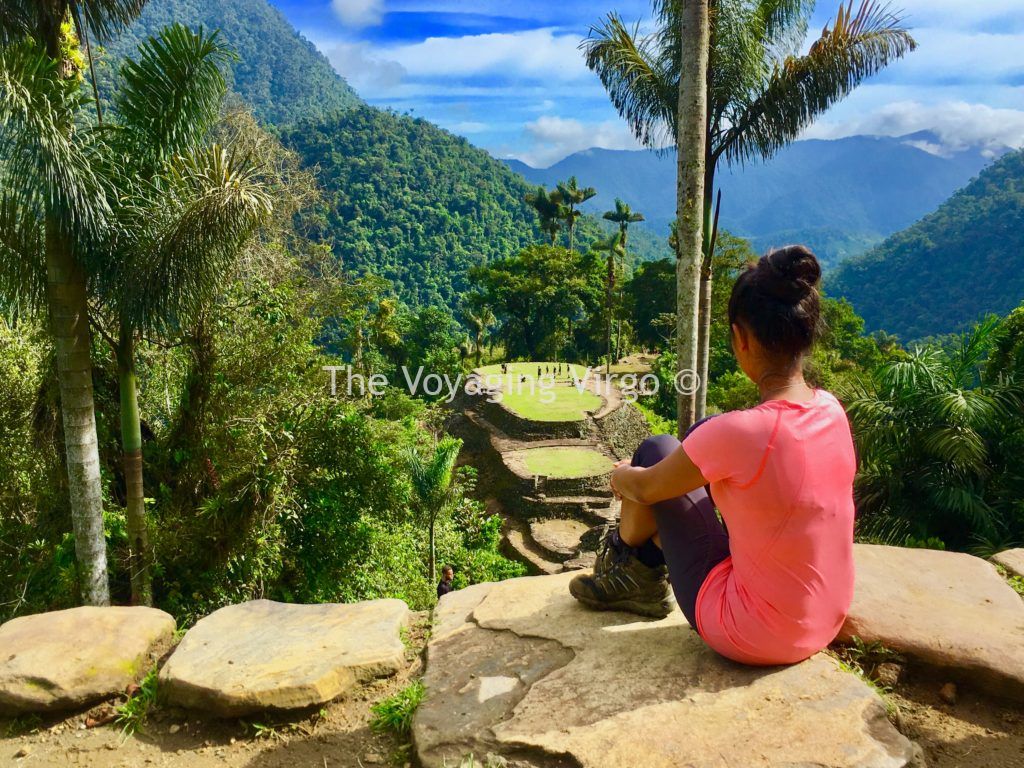
Upon arrival, we largely had the entire archaeological site to ourselves. It is the remoteness and limited accessibility to the Lost City that makes it so special and a more ‘off-the beaten track’ adventure. I like that I wasn’t met with hordes of tourists taking selfies making my overall experience at the Lost City more serene and enjoyable.
The Inca Trail
Machu Picchu, on the other hand, is renowned the world over and is the most popular tourist destination in South America attracting some 1.5 million visitors a year.
The world wonder is far more accessible and can be reached without completing the 4-day hike via bus from the nearby town, Aguas Calientes. This means that the site is saturated with people which can slightly dampen the experience. One advantage of doing the Inca Trail is that you arrive at the ruins at sunrise before the gates open up to the public arriving by bus. This therefore buys you a little extra time to explore the ruins before the crowds start creeping in. Nonetheless Machu Picchu is still a breath-taking marvel and I don’t regret visiting at all.
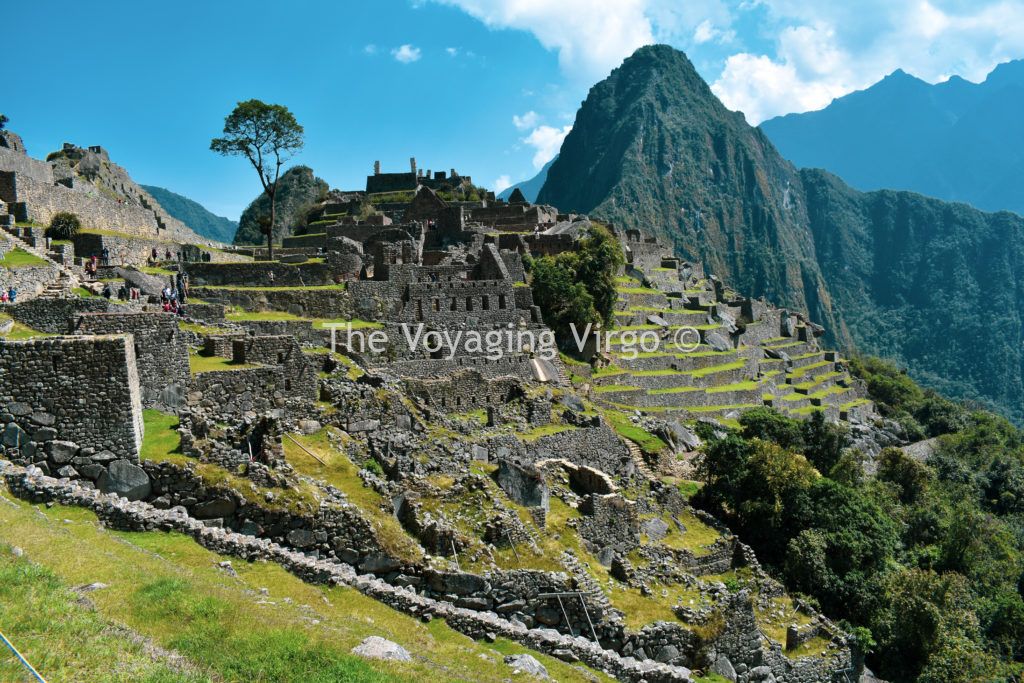
If you want a more authentic off the beaten track experience, I’d highly recommend the Lost City Trek which retains a sense of tranquillity and authenticity about it which I think has become slightly lost with the Inca Trail. However, the Inca Trail is extremely popular for good reason.
13. Are there porters on the Inca Trail and the Lost City Trek?
The Inca Trail
On the Inca Trail, you are not expected to carry your own belongings other than what you need during the day. There are porters who carry everything for you so you’re not hiking with a big pack on your back. However, there is a weight restriction, and you are not permitted to give the porters anymore than 2kg of items for their own health and wellbeing. You must carry anything above this amount yourself. Bags are weighed by your guides at the beginning of the trek.
The Lost City Trek
There are no porters on the Lost City Trek and you are expected to carry your own things. You can hire a mule at an additional cost per day but the amount you are permitted to give to them is limited (around 1 half-filled bin bag). I therefore advise only packing the bare necessities as you will be carrying it all yourself which will prove extremely difficult in the hot conditions and steep inclines.
Conclusion
I thoroughly enjoyed both treks but as you’ve probably gathered from reading this and my other blogs, they are two completely different treks and it comes down to the kind of experience you’re after.
The Lost City trek is great for an off the beaten path experience and worth visiting before its popularity inevitably increases with tourists. It is also cheaper than the Inca Trail if you’re on a budget and doesn’t require booking months in advance for those looking for more flexibility.
The Inca Trail is very popular and attracts millions of visitors every year. Securing a permit to complete the hike also requires pre-planning months in advance and is costlier than the Lost City Trek.
In my opinion, if you’re looking to do only one of the two treks, I’d go with the Inca Trail. It’s extremely popular for good reason. The Lost City Trek is a fantastic hike and experience, but it can’t quite compete with the Inca Trail. What I would say is that if you’ve got the time and funds, do both!
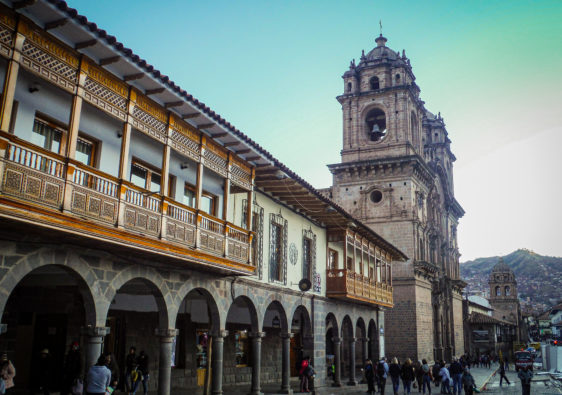
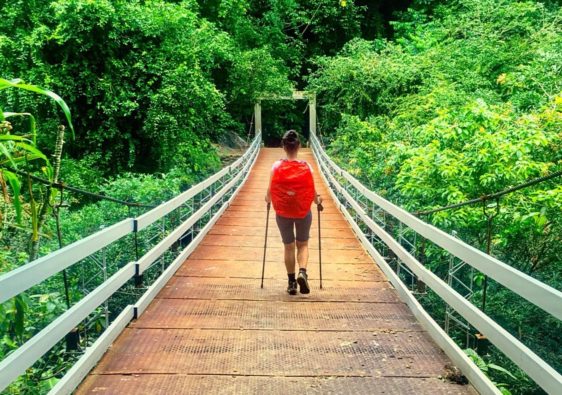
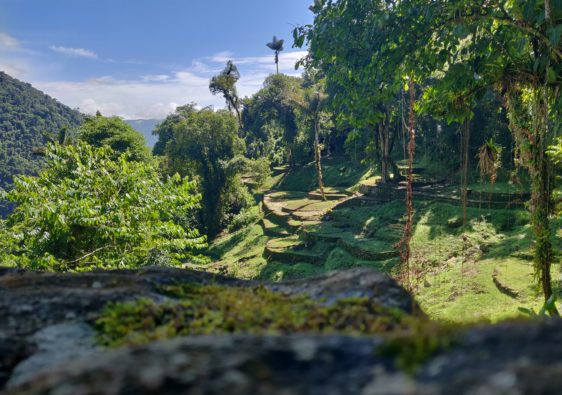
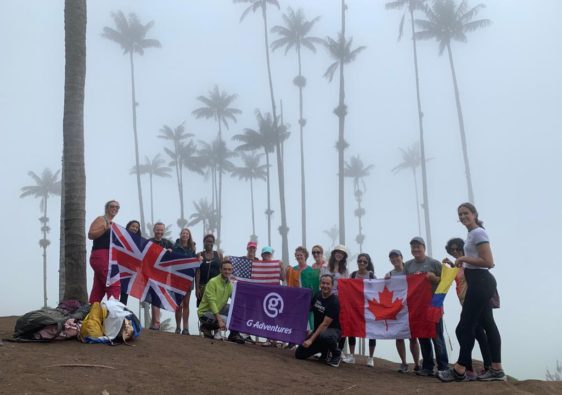
Very interesting article; the fact the Lost City cannot be visited in other ways – apart from taking the trek, so no trains or buses – gives it a point of exclusivity.
I would suggest Teyuna Tours, since it’s owned by a group of local guides.
Thank you for your comment ColombiaExplorer and for taking the time to read my post. Your recommendation of Teyuna Tours is noted – I’ll be sure to check them out 🙂